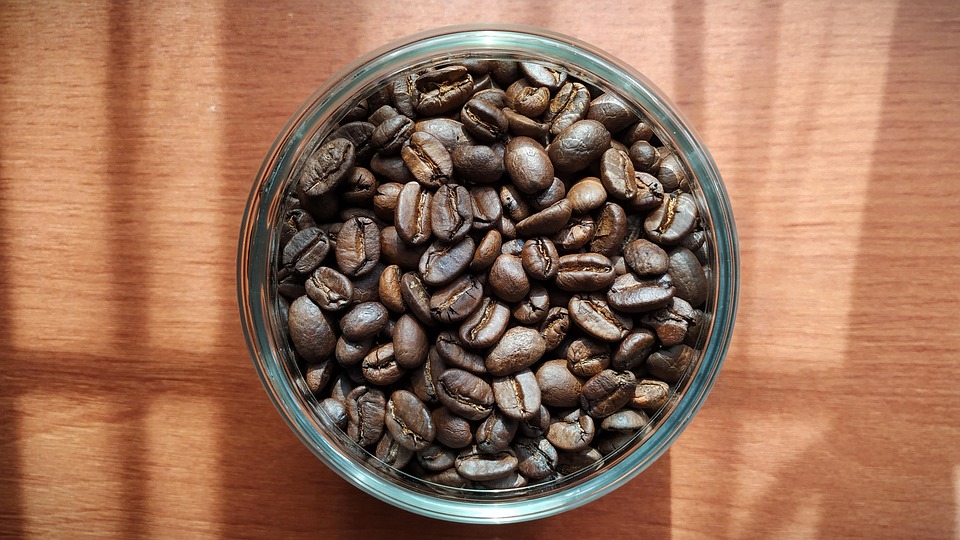Indonesia is renowned for its exquisite coffee, particularly its Arabica beans, which thrive in various unique regions. The country’s diverse geography, ranging from volcanic mountains to lush valleys, provides the perfect environment for different coffee varieties. In this guide, we’ll explore some of the most notable Arabica coffee regions in Indonesia, discussing their significance, flavor profiles, and what makes them stand out on the global stage.
The Role of Geography in Coffee Cultivation
The geography of Indonesia significantly influences coffee cultivation. The archipelago’s altitude, climate, and soil quality contribute to the unique characteristics of its coffee. Regions with volcanic soil are particularly fertile, resulting in beans with rich flavors. Add to this the various microclimates offered by different elevations, and you have a recipe for some of the finest coffees in the world.
Sumatra: The Bold and Earthy
Sumatra is perhaps the most famous region for Indonesian coffee, known for its bold, earthy flavors. The unique wet-hulling process employed by local farmers gives Sumatran Arabica beans their signature full-body and low acidity. Coffee lovers often describe Sumatran coffee as having notes of dark chocolate, herbs, and a pleasant earthiness.
Popular Varieties
Two well-known varieties from Sumatra are Mandheling and Lintong. Mandheling coffee is recognized for its smooth texture and rich flavor, while Lintong offers a slightly brighter acidity with fruity undertones. Both coffees are highly sought after in specialty markets.
Java: The Timeless Classic
Java coffee holds a special place in history, often credited with being one of the first coffees introduced to Europe. Grown on the island of Java, these beans are characterized by their smooth, milky consistency and mild flavor. The area has a tropical climate ideal for coffee cultivation, allowing for slow maturation of the beans.
Flavor Profile
Java Arabica beans often exhibit a mellow sweetness with hints of chocolate and nuts, making them a favorite for drip coffee aficionados. Their balanced profile makes them versatile for various brewing methods, from espresso to French press.
Bali: The Artisan Approach
Bali may be better known for its beautiful landscapes and culture, but its coffee farms produce some remarkable Arabica beans. Grown under the shade of existing coconut and fruit trees, Balinese coffee benefits from the natural ecosystem, which contributes to its unique flavor profile.
Distinctive Flavors
Bali’s Arabica coffee features subtle floral notes and a medium body with a smooth profile. These beans often present hints of caramel and tropical fruits, setting them apart from other Indonesian coffees.
Flores: The Untapped Gem
Flores is less recognized but is making waves in the coffee world. The region is located to the east of Bali and is known for its rich volcanic soil. The coffee from Flores tends to have a distinct spiciness and complexity, making it a treasure for adventurous coffee drinkers.
Emerging Popularity
In recent years, Flores coffee has gained attention among specialty coffee enthusiasts for its unique taste and artisanal production methods. Farmers often harvest the beans by hand, ensuring optimal quality.
Madagascar: A New Contender
While not as well-known as the other regions, Madagascar’s coffee has found a place among passionate coffee drinkers. Its unique climatic conditions allow for a diverse range of flavors. Coffees from Madagascar often include bright acidity with berry-like characteristics.
Embracing Sustainability and Quality
As the demand for specialty coffee continues to rise, many Indonesian farmers are turning to sustainable practices. Initiatives focusing on organic farming, shade-grown coffee, and fair trade are becoming more common, ensuring that both quality and ethical considerations are met. Farmers are increasingly adopting methods to improve soil health and conserve water, ensuring a better future for coffee production.
A Conclusion on the Unique Flavors of Indonesian Arabica Coffee
Indonesia’s unique Arabica coffee regions offer a delightful array of flavors that cater to every coffee enthusiast’s palate. From the boldness of Sumatran to the elegance of Balinese, each region contributes to a rich tapestry of coffee culture. As the specialty coffee movement grows, it’s essential to appreciate the stories behind each bean, the farmers’ dedication, and the environmental considerations at play. Exploring these flavors not only enhances your coffee experience but also contributes to a more sustainable future in coffee cultivation.
Conclusion
Whether you are a seasoned coffee connoisseur or a casual drinker, Indonesia’s Arabica coffee regions present an opportunity to explore a variety of tastes and traditions. Don’t miss the chance to delve deeper into the intricacies of Indonesia’s specialty coffee and learn more about a strategic approach to the global premium market at this link.
Frequently Asked Questions (FAQs)
What is Arabica coffee?
Arabica coffee is one of the two main species of coffee beans, known for its mild flavor and lower acidity compared to Robusta beans. It is often regarded as superior quality due to its diverse flavors.
Why is Indonesia famous for coffee?
Indonesia’s unique geography, including its volcanic soil and varied climate, creates ideal conditions for coffee cultivation. The diverse coffee-growing regions each produce distinct flavors, making Indonesian coffee highly sought after globally.
How do I brew Indonesian coffee?
Indonesian coffee can be brewed using various methods such as pour-over, French press, or espresso. Each method can bring out different flavors, so experiment to find your preferred brewing style.
Are there sustainable practices in Indonesian coffee farming?
Yes, many farmers in Indonesia are adopting sustainable practices such as organic farming, shade-grown cultivation, and fair trade initiatives to ensure quality coffee while preserving the environment and community welfare.





